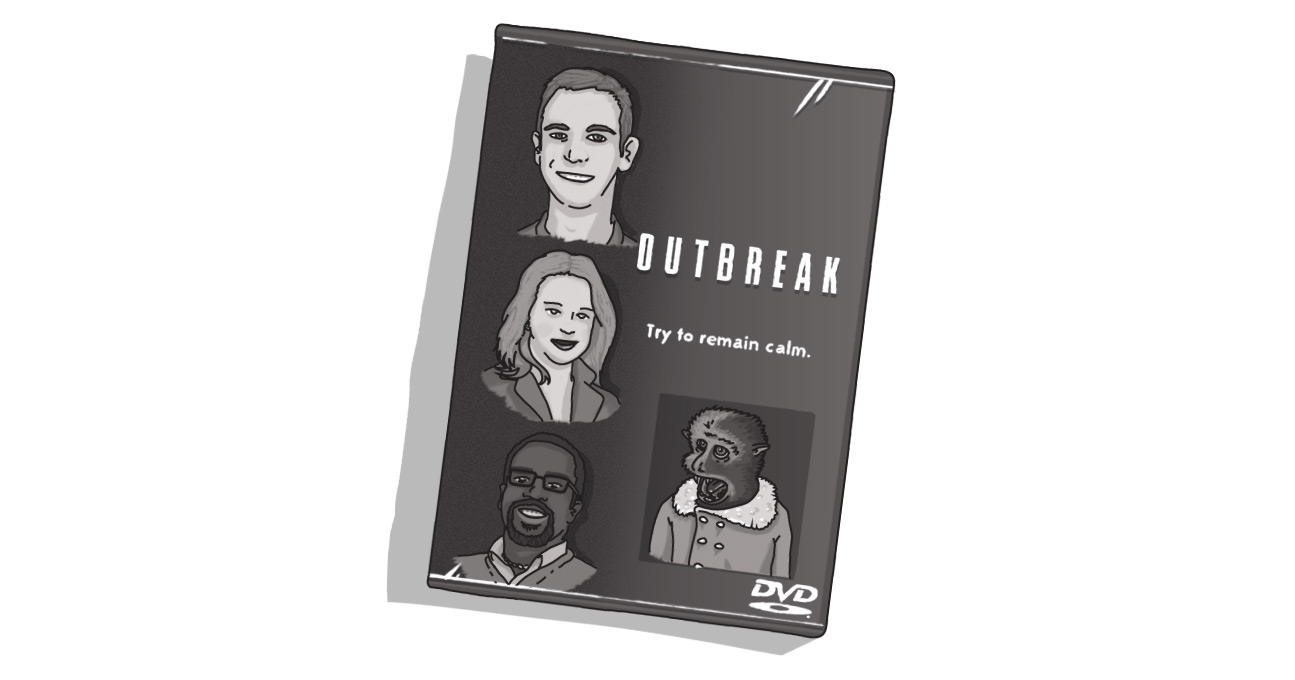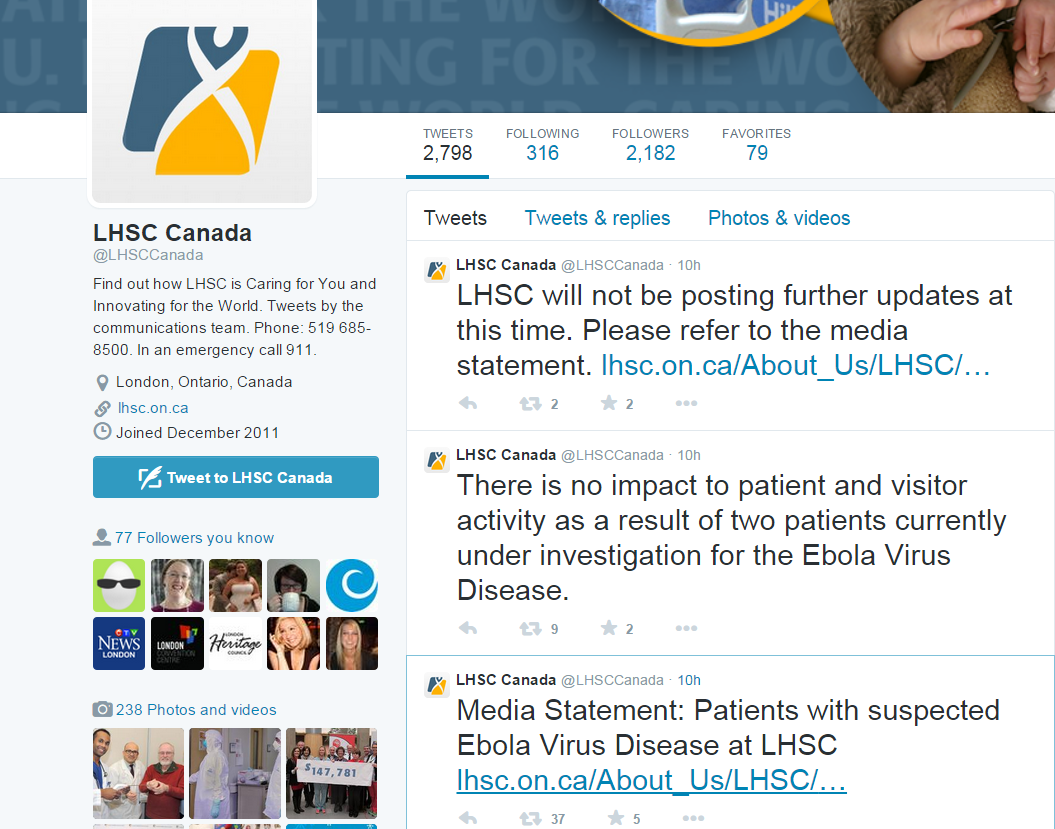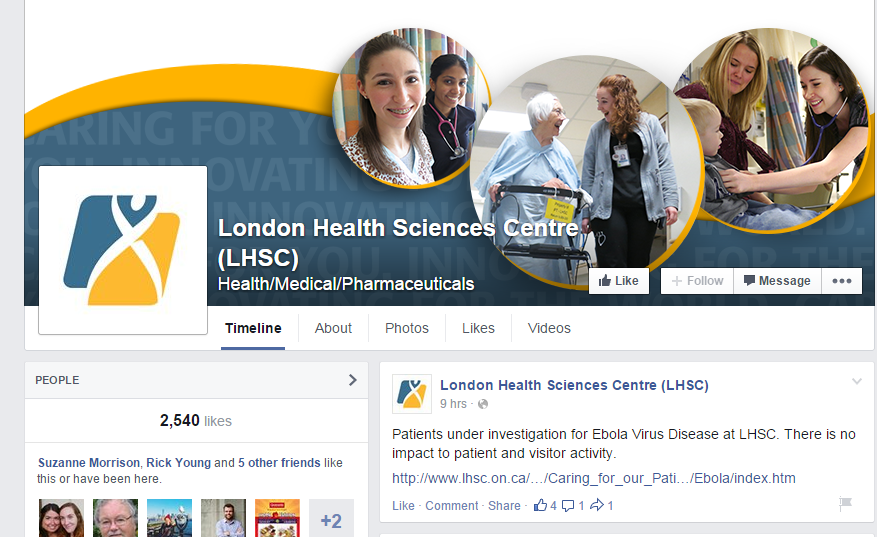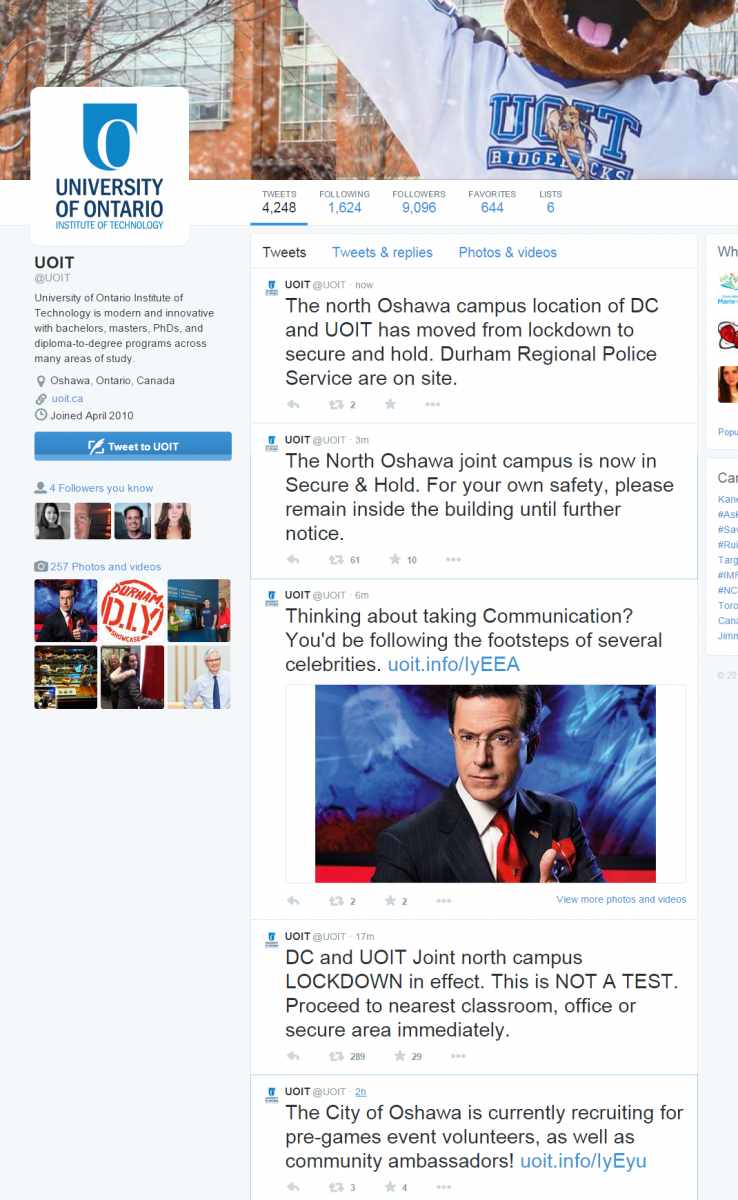Filling the Void with Facts - Effectively Bearing Bad News

It bears repeating, but it pays to be good at bearing bad news. And this is especially important when the news you're sharing carries the unfair twin burdens of misinformation and fear.
With its announcement of two patients under investigation for Ebola admitted to Victoria Hospital last night, the London Health Sciences Centre continues to prove itself at being adept at getting in front of an issue and doing whatever it can to educate the public.
There's a tremendous amount of misinformation about Ebola, ranging from how it's contracted to its virulence, to its very origins. An absence of information creates a void that demands to be filled -- and had news of these two patients' presence leaked (and it inevitably would have), that void would have been filled with fear, speculation, and misinformation.
Instead, LHSC went on the offensive: producing a statement for immediate release, which was sent to the media and appeared on its public-facing site. It also posted notifications on its social media feeds.


Will it work? Who knows? But by getting ahead of the game, LHSC has been able to avoid having to be reactive to questions and has helped to control the conversation by framing the issue in the proper perspective. In big, bold text it makes it clear that "There is no impact to patient and visitor activity at LHSC."
It does a few other things right too. Many years ago, I was taught that in disseminating negative news, it's important to not only be completely honest about what you can say, but it's also important to tell people what you can't say -- and why. In this case, LHSC states "To protect patient confidentiality, LHSC will not be providing further detail." It then refers all public-health queries to the Middlesex-London Health Unit and provides links to an Ebola: LHSC Preparedness page.
Just over two years ago, we lauded the organization for its ability to provide quality information designed to quell fears. LHSC continues to answer the key questions: who, what, where, when, why, and how, and set the example to other organizations about how to handle crisis communications.
This doesn't happen by accident. Whether you have a formalized disaster recovery plan or crisis communications response team, or your resources are more meager in comparison, it's important to plan for the worst and know what to do. As a business, you have to get ahead of the message quicker than ever, because misinformation moves at the speed of social media -- and if it's not your reality that's being shared, it's going to be someone else's version of the truth.
As a business owner or organizational representative, there's no "hoping this will blow over." And your response doesn't have to be co-ordinated with military precision. Just being aware, responding quickly (whether that's through a note on your website or through your social channels), and ensuring that you're accessible for direct contact can help minimize any misinformation spread.
Oh, and tell the truth. Always, always, always tell the truth -- no matter how bad it may be.
On February 5th, the University of Ontario Institute of Technology dealt with this issue in a lockdown situation. They used their Twitter feed to spread information quickly and, importantly, also used it to notify people of its resumption of regular activities.
(Their only fault was the appearance of a pre-scheduled Tweet in the midst of this event. A Tweet that, as of today, has been deleted. So, again, stop pre-scheduling Tweets because you never know.)

Whether you're a company of two or 200, it's important to have a conversation about crisis communications and responses. Who is the point person? Who are people to contact? Who is going to make updates to your site and social networks.
And hopefully you'll never need to enact these techniques, but it's better to be prepared. Nature -- and calm, rational response -- abhors a void. It's always better to fill that void with honest, relevant information.
SUBSCRIBE TO OUR E-NEWSLETTER
 Subscribe
Subscribe


